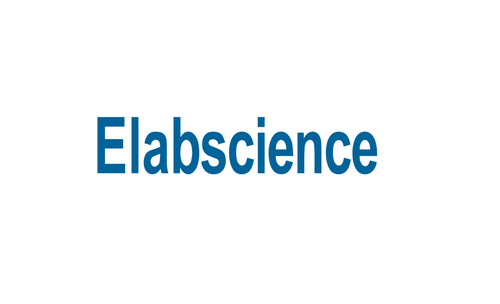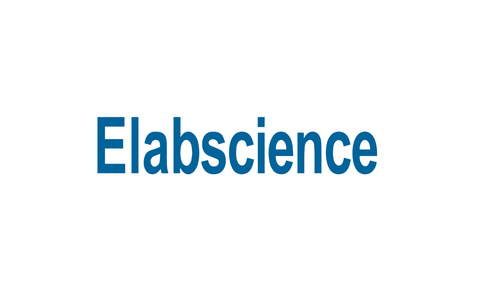Product Description
Rat Endplate Chondrocytes | EP-CP-R152 | Elabscience
Background: Rat endplate chondrocytes were isolated from the cartilage Tissue of the intervertebral disc endplate. The vertebral body endplate is the bone plate formed after the ossification of the upper and lower epiphyseal plates of the vertebral body stops during the growth and development of the vertebral body. The center of the endplate of the vertebral body is still covered by a thin layer of hyaline cartilage and survives for life, which is the cartilage endplate. The upper and lower cartilage endplates are connected with the nucleus pulposus and the annulus fibrosus to form the intervertebral disc. The vertebral body endplates constitute the upper and lower boundaries of the intervertebral disc, located between the cancellous bone and the intervertebral disc in the center of the vertebral body. It is composed of subchondral bone and cartilage covering it with a similar thickness. Its main function is to prevent the intervertebral disc nucleus pulposus Tissue from being embedded in the vertebral body, and has the effect of balancing and dispersing stress at the same time. Mature endplate chondrocytes are usually distributed in groups of 2-8 in the cartilage lacuna. These endplate chondrocytes are formed by the division and proliferation of the same mother cell, which are called homologous cell groups. Under the electron microscope, the endplate chondrocytes have protrusions and folds, and there are a large number of rough endoplasmic reticulum, developed Golgi complex and a small amount of mitochondria in the cytoplasm. In the Tissue section, the endplate chondrocytes shrink into an irregular shape, and a large cavity appears between the cartilage sac and the cells. Endplate chondrocytes cultured in vitro are of great significance for studying their physiological functions, drug effects, and pathophysiological changes under the action of various pathogenic factors. The rat endplate chondrocytes produced by our company are prepared by combined digestion with collagenase-neutral protease combined with special culture medium for chondrocytes. The total number of cells is about 5×10^5 cells/vial. Cells are identified by type II collagen immunofluorescence, and the purity is more than 90% without HIV-1, HBV, HCV, mycoplasma, bacteria, yeast, and fungi, etc.
Renewal: Every 2-3 days
Ratio: 1:2-1:3
Medium: EP-MP-R152
Growth Properties: Adherent
Cell Type: Chondrocyte
Tissue Type: Skeletal system
Tissue: Intervertebral disc Tissue
Organism: Rat
 Euro
Euro
 USD
USD
 British Pound
British Pound
 NULL
NULL








